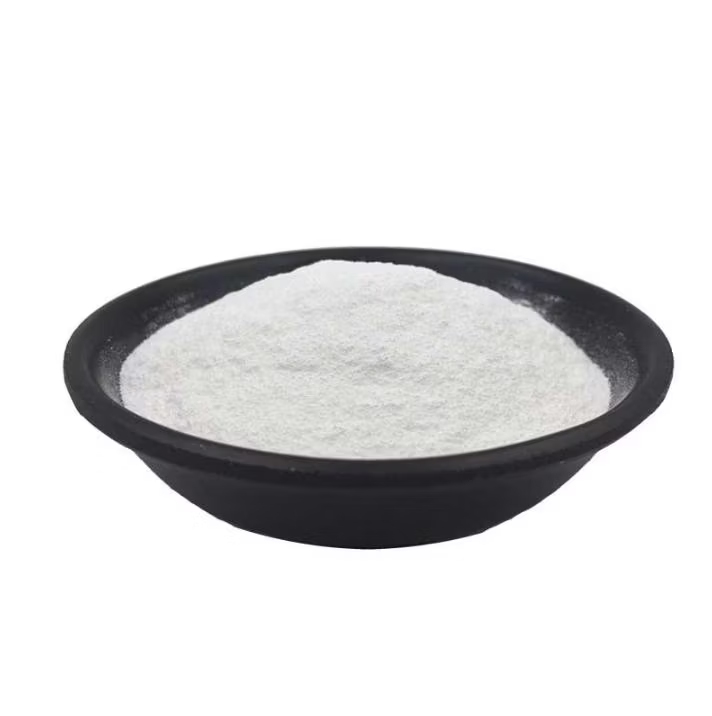
Diazepam powder is a fine, crystalline form of the benzodiazepine compound diazepam, a pharmaceutical drug widely known for its sedative, anxiolytic (anti-anxiety), anticonvulsant, and muscle-relaxant properties. It was first introduced in the 1960s and has been extensively used in clinical medicine. In its powdered form, diazepam is a pure, unformulated substance, which serves as the raw material for manufacturing pharmaceutical products like tablets, capsules, oral solutions, and injectable formulations.
Key Characteristics
- Appearance: Diazepam powder is typically white or off-white, crystalline, and odorless.
- Solubility: It is sparingly soluble in water but more soluble in organic solvents like ethanol or acetone.
- Chemical Composition: Its chemical name is 7-chloro-1,3-dihydro-1-methyl-5-phenyl-2H-1,4-benzodiazepin-2-one, and its molecular formula is C16H13ClN2O.
Applications
- Pharmaceutical Use:
Diazepam is primarily formulated into medications to treat:- Anxiety disorders
- Muscle spasms
- Alcohol withdrawal symptoms
- Insomnia (short-term)
- Seizures, including status epilepticus (severe seizures)
- Preoperative sedation (to reduce anxiety before surgery)
- Veterinary Medicine:
Diazepam powder is also used to manufacture veterinary drugs to treat anxiety and convulsions in animals. - Research and Development:
The powder is used in laboratories for research purposes, particularly in the study of benzodiazepine mechanisms of action, drug development, and pharmacological profiling.
Manufacturing and Formulation
Diazepam powder is a critical starting material for pharmaceutical manufacturers. It is processed and combined with various excipients (inactive substances) to create different dosage forms. For example:
- Tablets: Commonly formulated for oral use.
- Injectable solutions: For intravenous or intramuscular administration in emergency settings.
- Oral liquids: Used in pediatric or elderly patients who may have difficulty swallowing tablets.
- Rectal gels: Used in seizure management.
Legal and Regulatory Considerations
Diazepam is classified as a controlled substance in most countries under schedules or categories that regulate drugs with potential for abuse or dependence. The manufacture, distribution, possession, and use of diazepam powder are strictly monitored. Only licensed pharmaceutical companies, researchers, or laboratories are permitted to handle the raw material, and appropriate documentation must be provided to ensure legal compliance.
Key regulations include:
- Good Manufacturing Practices (GMP): Ensuring the purity, quality, and safety of the product.
- Controlled Substances Laws: Compliance with laws specific to the country or region, such as the Controlled Substances Act in the U.S. or similar regulations in the European Union.
Risks and Precautions
While diazepam is effective when used as directed, misuse or improper handling of the powdered form poses several risks:
- Health Risks: Inhalation or accidental ingestion of diazepam powder can result in sedation, respiratory depression, or overdose.
- Addiction and Dependence: Prolonged use of diazepam, even in prescribed forms, can lead to physical and psychological dependence.
- Counterfeiting: Diazepam powder is a target for illegal drug manufacturers who produce counterfeit medications, posing risks to public health.
Storage and Handling
Diazepam powder must be stored in a cool, dry, and secure environment, away from light and moisture, to maintain its stability and efficacy. Handling requires proper protective equipment to prevent exposure, especially in bulk manufacturing settings.
Conclusion
Diazepam powder is a vital raw material in the pharmaceutical industry, used to produce medications that manage a wide range of medical conditions. Its use is tightly regulated, reflecting its therapeutic importance and potential risks. Proper handling, adherence to regulatory guidelines, and professional oversight are essential to ensure its safe and effective application in both human and veterinary medicine.

Leave a Reply